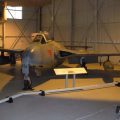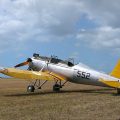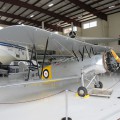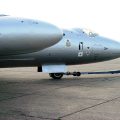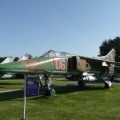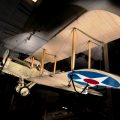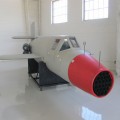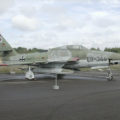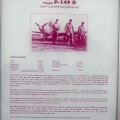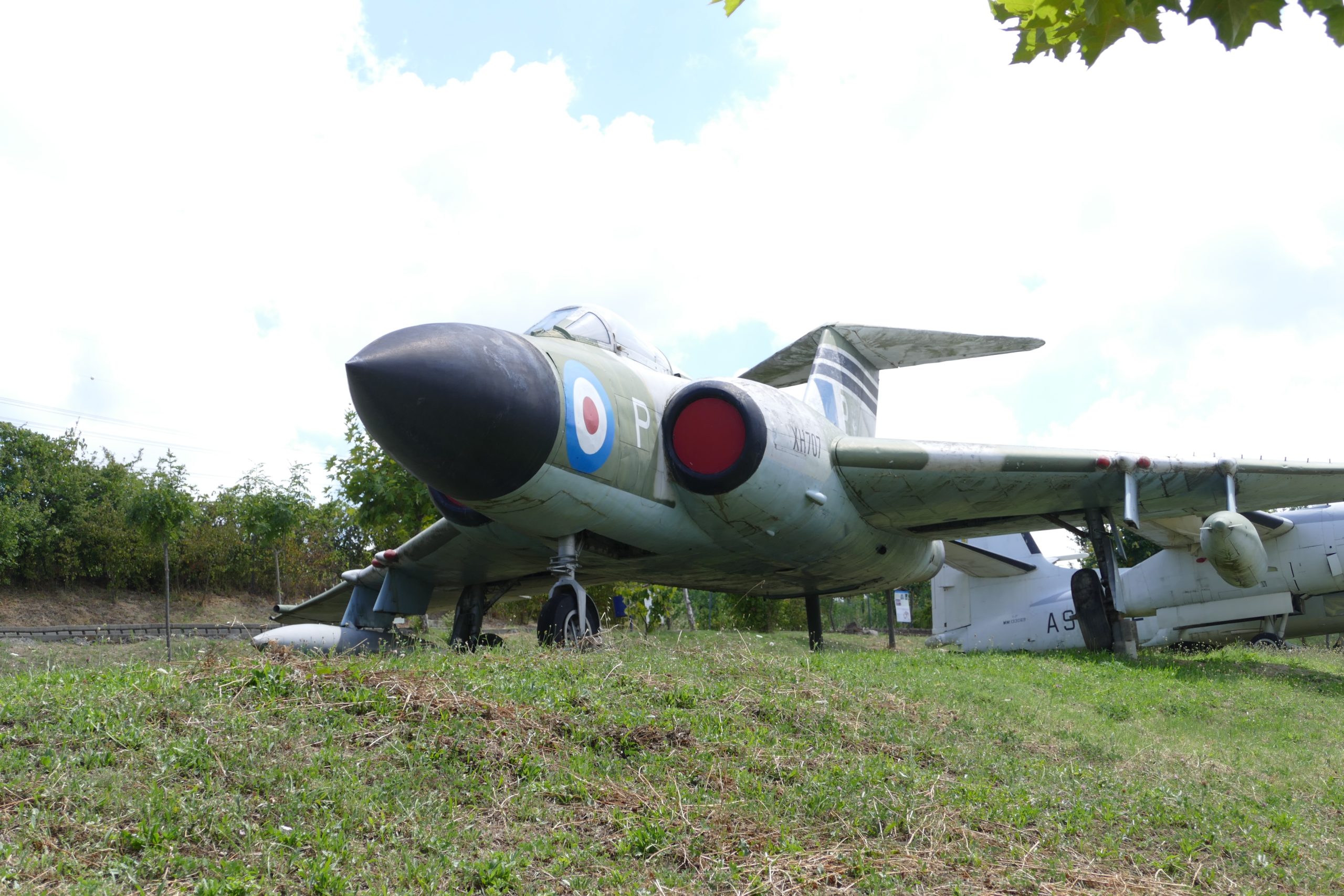
Gloster Jabalina | |
|---|---|
| País | Uk |
| Papel | Caza/interceptor todo tiempo |
| Primer vuelo | 26 de noviembre de 1951 |
| Construido | 436 |
el Gloster Jabalina is a twin-engined T-tailed delta-wing subsonic night and all-weather interceptor aircraft that served with Britain’s Royal Air Force from the mid-1950s until the late 1960s. The last aircraft design to bear the Gloster name, it was introduced in 1956 after a lengthy development period and received several upgrades during its lifetime to its engines, radar and weapons, including support for the De Havilland Firestreak air-to-air missile. The Javelin was succeeded in the interceptor role by the English Electric Lightning, a supersonic aircraft capable of flying at more than double the Javelin’s top speed, which was introduced into the RAF only a few years later. The Javelin served for much of its life alongside the Lightning; the last Javelins were withdrawn from operational service in 1968 following the introduction of successively more capable versions of the Lightning.
Fuente: Gloster Javelin en Wikipedia
| Gloster Javelin FAW9 Caminar | |
|---|---|
| Fotógrafos | Cees Hendriks |
| Localización | Unknow |
| Fotos | 43 |
Kits relacionados:
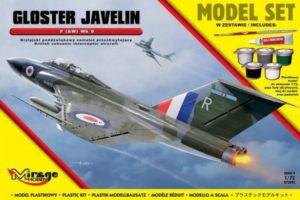
| Gloster Javelin FAW 7 Paseo alrededor | |
|---|---|
| Fotógrafos | Unknow |
| Localización | Unknow |
| Fotos | 18 |
Encuentra kits en eBay:
| Gloster Javelin Mk.9 Caminar | |
|---|---|
| Fotógrafos | Unknow |
| Localización | Unknow |
| Fotos | 36 |
El Gloster Javelin fue un avión interceptor bimotor para todo clima que sirvió con la Royal Air Force de Gran Bretaña a fines de la década de 1950 y la mayor parte de la década de 1960. Era un diseño de alas delta, el último avión en llevar el nombre Gloster. El Javelin fue desarrollado para cumplir con una especificación para un caza de gran altitud y alta velocidad para contrarrestar la amenaza de los bombarderos soviéticos. Estaba equipado con radar y cuatro cañones de 30 mm, y podía transportar ocho misiles aire-aire.
The Javelin had a distinctive T-tail and a large fin that gave it stability and control at supersonic speeds. The Javelin entered service in 1956 and was deployed in several RAF squadrons in Britain and overseas. It saw combat during the Malayan Emergency and the Indonesian Confrontation, where it proved effective in intercepting low-flying intruders. The Javelin was gradually replaced by the English Electric Lightning and the McDonnell Douglas F-4 Phantom II in the late 1960s. A total of 435 Javelins were built, of which 11 are preserved in museums.
Vistas : 2433
